Power generation in the UK
In the UK, electricity production from coal power stations has been almost completely eliminated. The largest portion of our supply now comes from highly-efficient gas generators that only produce about half the CO2 emissions for the same amount of electricity, better but not ideal.
Nuclear plants also provide a significant proportion of our supply. Nuclear power generation itself doesn’t produce greenhouse gases, but nuclear facilities emit greenhouse gases during the initial construction, when uranium ore is mined and processed, and waste treated and stored. The plants are expensive and planned stations in Cumbria and Wylfa on Anglesey were dropped when the Japanese companies Toshiba and Hitachi pulled out in 2017 – 18.
Wind and solar have been more successful than was initially expected but, of course, do not provide a constant supply. Improvements in battery technology (chemical and mechanical) and the introduction of community battery schemes will certainly help.
See Gridwatch for daily and monthly updates!
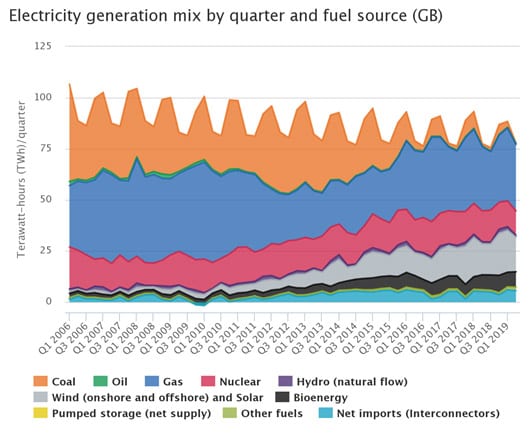
Transport
Electric cars and charging points

Already well on the way! Petrol and diesel cars are to be phased out and there are plenty of new models of electric cars and recharging points being introduced! Lamppost charging points are being trialed in London for people who do not have their own driveways. However, replacing all the conventional cars on the road with electric vehicles in a matter of a few years brings its own problems. Questions over materials for batteries, continued road development, manufacture carbon footprint, the same pollution from tyre wear on the roads all remain. It is better to dramatically improve public transport.
Freight
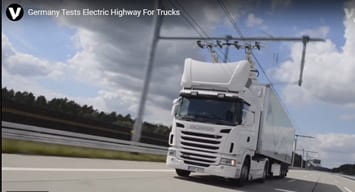
At present there seems to be very little publicity about the carbon footprint of heavy traffic on our motorways. There must be a future making increased use of sustainable biofuels, hydrogen lorries and, given the capacity, railways. In Germany and in Sweden there is research into tram style overhead electric supply on motorways and pantograph trucks.
Hydrogen fuel

There are already a handful of hydrogen- powered buses in London and locomotives are planned for 2022 for places where electrification is impractical.

Biogas and biofuels
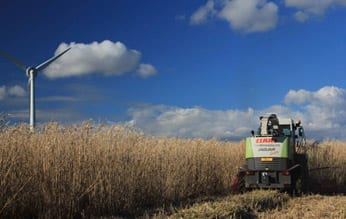
Crops can be grown as feedstock for creating fuels but to be produced in quantity they use up land that might otherwise be needed for food production and forestry. Almost any crop can be used but a plant called Miscanthus is particularly suitable in the UK.

Biogas made from fermented waste products is used to power public transport in Nottingham and is being introduced elsewhere such as in the Bristol area. These fuels do release carbon dioxide, of course, but it does not originate from fossil fuels from millions of years ago. The plant matter absorbed the carbon dioxide very recently and so it is just recycling carbon dioxide that is already in the atmosphere. If the plants were allowed to decay naturally they would release carbon dioxide and methane anyway. Methane has a huge greenhouse effect but does not last very long in the atmosphere. So what happens to it? In the upper atmosphere it combines with ozone in a reaction energised by lightening to produce water and carbon dioxide! Clearly it is much better to harness methane for energy and then just re-release the resulting carbon dioxide into the atmosphere.
Aviation

One of the most contentious problems! The carbon footprint of flying is huge. Whereas we have technology to solve most transport problems, we are not there yet with aviation. Most of us love to travel, those who can afford it are reluctant to lose it, and those who can’t would like to have the possibility of low cost flights open to them in the future. Businesses depend on their employees flying around the world and individuals have emigrated relying on air travel to stay in touch with wider family networks. Airlines are planning huge increases in business in the years to come.
What are the options?
Alternative fuels. Biofuel is added to kerosene and aircraft engines are being made more efficient. Another approach is the development of artificial leaf technology. This mimics the way plants use photosynthesis to turn carbon dioxide into glucose and oxygen. One artificial leaf technology produces methanol and oxygen with the help of cuprous oxide. The methanol can be collected and used as fuel. None of these technologies are ready to revolutionise aviation just yet, but the potential is there for the future.

Electric flight: There is research into replacing one out of four jet engines with an electric engine thus reducing emissions by 25%. There are light electric aircraft already flying, but with very limited range and payload. Huge advances in battery technology would be needed to make useful electric flight a reality.
Offsetting is where airline passengers pay into projects reducing carbon emissions somewhere in the world such as tree planting, drilling boreholes for water or efficient cook stoves for rural communities in Africa or Asia. Drawbacks of the schemes include unreliability of some of the projects actually taking place and the view that these projects should be happening anyway. There is a perceived danger that people will feel that offsetting exonerates them from ‘guilt’ and that will stop them reducing their flights.
Carbon taxing and flight rationing. What if everyone were rationed to one or two flights a year and people could sell their ration if they preferred? People might have longer but fewer holidays. Rail holidays could increase in popularity for medium range holidays.
Land use
Worldwide vital rain forests are being cleared for factory farming of beef cattle and industrial production of palm oil amongst other projects. On the one hand it is clear to see that impoverished communities have the opportunity to create profitable businesses which are feeding the western lifestyle. On the other there is huge damage being done to the carbon budget, soil health and very importantly, biodiversity.

In the UK changes are needed as well.
The Committee on Climate Change produced a report in November 2018 which looks at how changing how land is used in the UK can reduce carbon emissions and also help to adapt to climate change. This will help protect against extreme heat, flooding, drought and pests and diseases potentially affecting both people and wildlife.
The land needs to provide us with clean water, healthy soils and timber and ensure sufficient food production for a growing population. It also needs to provide space for new homes.
The report recommends about 30% reduction in grasslands and rough grazing, about 1.5 million hectares of new woodland restoration of peat land and a massive decrease of food waste. It highlights the assistance that farmers and landowners need to implement the changes.
It also highlights the fact that these policies are very slow in being implemented and that trees take time to grow and peat land takes time to regenerate. These activities should take place as soon as possible for maximum benefit.
Carbon Capture and Storage
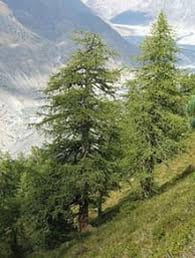
Trees and all green plants including seaweed and algae capture carbon dioxide by photosynthesis but can they do enough?
Technology has some solutions – not enough to make a difference yet but development is progressing along several paths.
Climeworks has launched 3 plants, one in Switzerland, one in Iceland and one in Italy.
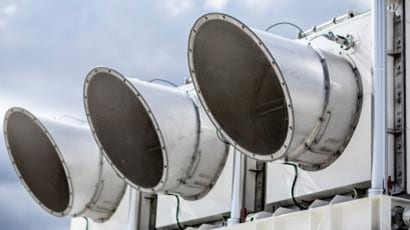
Carbon dioxide can be sold to be used in industry (e.g. drinks), agriculture for boosting growth in crops grown under glass. It can also be pumped deep underground for long term storage in porous rocks or even spent oil wells.
OrigenPower was founded in 2013 and is based in Oxford. They are developing a plant that produces electricity and removes CO2 from the atmosphere in one (multi-stage) process. Many plans for our future are putting a huge reliance on carbon capture technology. So far only tiny amounts of CO2 are being removed and it is far from clear how the technology can be up-scaled sufficiently to make a difference – and who would pay for it.
 Alton Climate Action Network
Alton Climate Action Network